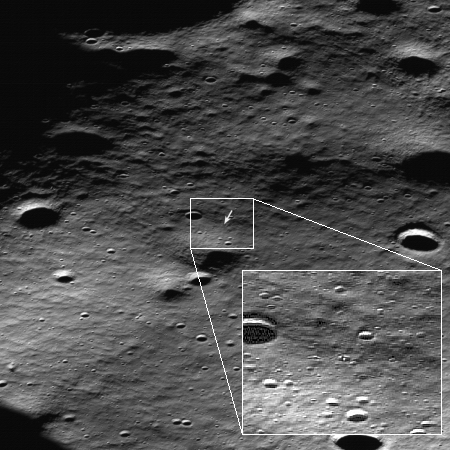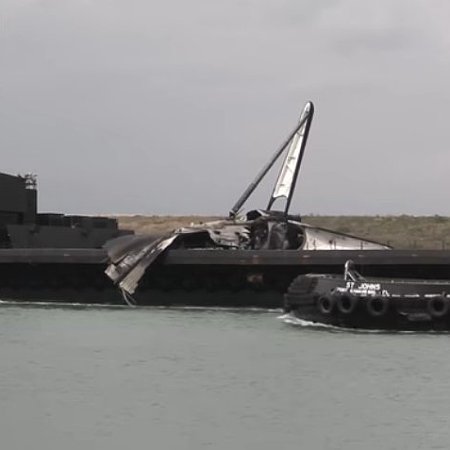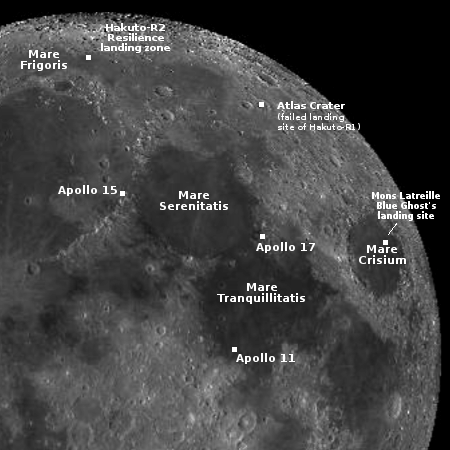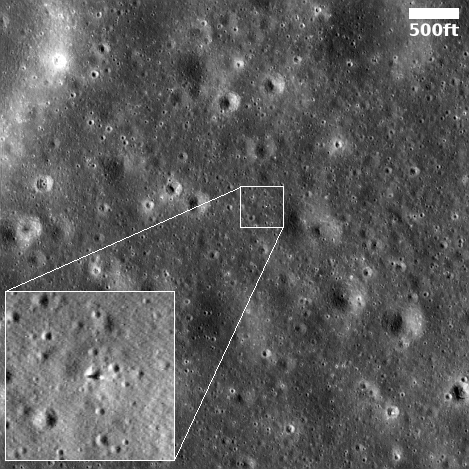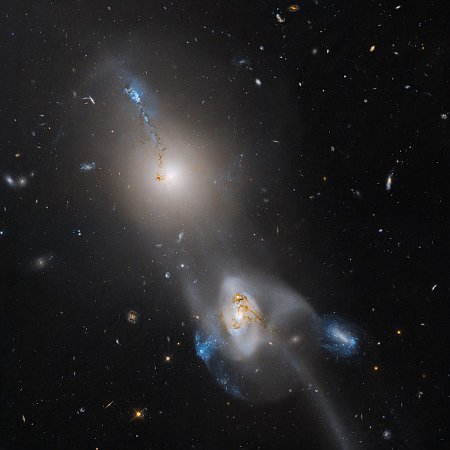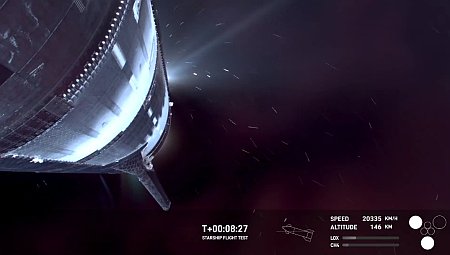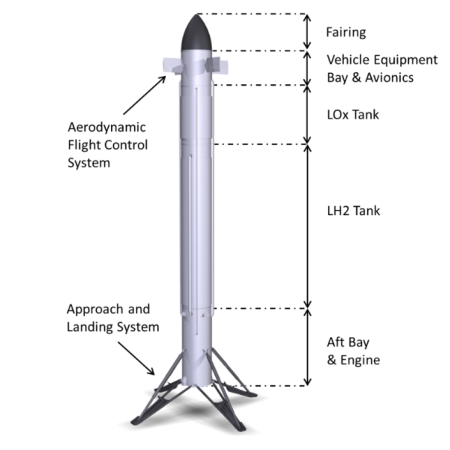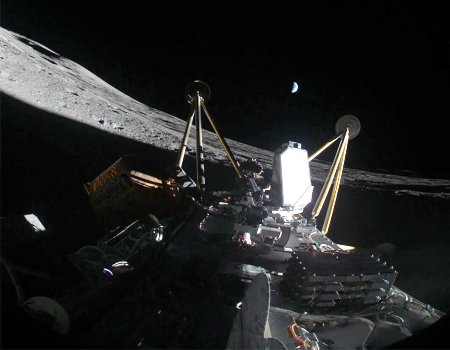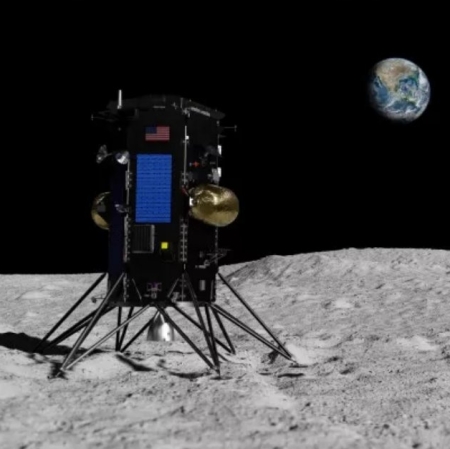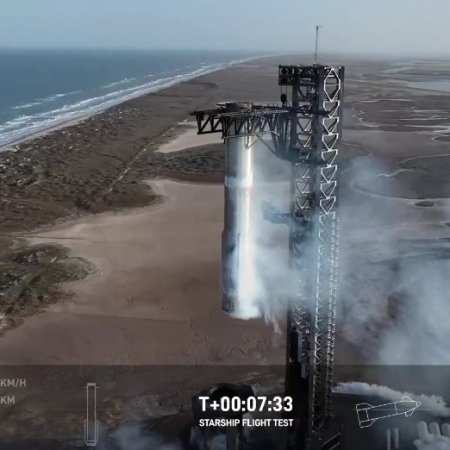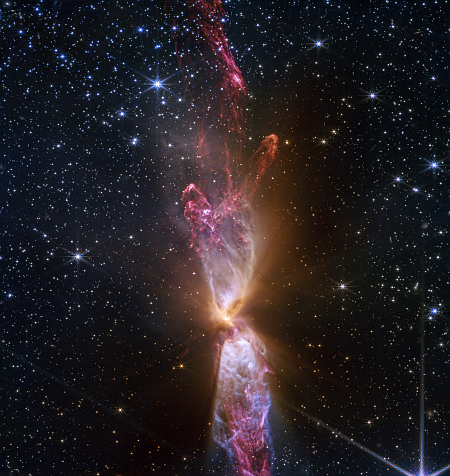SpaceX inks Starlink deals with India’s two largest telecom operators
In a sign that suggests OneWeb is losing the competition to begin satellite internet access to India, SpaceX this week has signed two Starlink deals with India’s two largest telecom operators.
Jio Platforms, the subsidiary of India’s conglomerate Reliance Industries and the country’s largest telecom operator, Wednesday announced a partnership with Elon Musk’s SpaceX to offer Starlink’s satellite broadband internet services to its customers in India. Under the agreement, which is subject to regulatory approvals, Jio and SpaceX will explore using Starlink to extend the telco’s offerings, while Jio will sell Starlink equipment through its retail outlets and online storefronts, the telco said in a press statement.
…Earlier Wednesday, Airtel, India’s second-biggest telco, announced a similar partnership with SpaceX to offer Starlink through its channels. The Airtel partnership is also subject to SpaceX’s regulatory approvals in the country, which are in process with IN-SPACe and the Department of Telecommunications.
SpaceX had previously tried to bring Starlink to India by selling subscriptions directly to customers but was forced to pull back when the government denied it regulatory approval. These two deals suggest that the government wanted SpaceX to partner with Indian companies, keeping some of its profits in-country.
These deals also suggest that OneWeb is failing to provide good service to the Indian market, even though it is half owned by a major Indian investor and got regulatory approval several years ago. The design of OneWeb’s system requires the construction of ground stations to link its satellite constellation with the ground operations, and it appears this added step is causing delays that is forcing the telecom industry to look elsewhere. For example, the same thing has happened in the Falkland Islands, which signed first with OneWeb (which is also half owned by the UK government) but has now approved Starlink because OneWeb wasn’t able to provide its service on time.
In a sign that suggests OneWeb is losing the competition to begin satellite internet access to India, SpaceX this week has signed two Starlink deals with India’s two largest telecom operators.
Jio Platforms, the subsidiary of India’s conglomerate Reliance Industries and the country’s largest telecom operator, Wednesday announced a partnership with Elon Musk’s SpaceX to offer Starlink’s satellite broadband internet services to its customers in India. Under the agreement, which is subject to regulatory approvals, Jio and SpaceX will explore using Starlink to extend the telco’s offerings, while Jio will sell Starlink equipment through its retail outlets and online storefronts, the telco said in a press statement.
…Earlier Wednesday, Airtel, India’s second-biggest telco, announced a similar partnership with SpaceX to offer Starlink through its channels. The Airtel partnership is also subject to SpaceX’s regulatory approvals in the country, which are in process with IN-SPACe and the Department of Telecommunications.
SpaceX had previously tried to bring Starlink to India by selling subscriptions directly to customers but was forced to pull back when the government denied it regulatory approval. These two deals suggest that the government wanted SpaceX to partner with Indian companies, keeping some of its profits in-country.
These deals also suggest that OneWeb is failing to provide good service to the Indian market, even though it is half owned by a major Indian investor and got regulatory approval several years ago. The design of OneWeb’s system requires the construction of ground stations to link its satellite constellation with the ground operations, and it appears this added step is causing delays that is forcing the telecom industry to look elsewhere. For example, the same thing has happened in the Falkland Islands, which signed first with OneWeb (which is also half owned by the UK government) but has now approved Starlink because OneWeb wasn’t able to provide its service on time.



